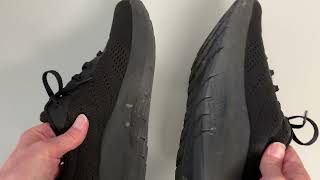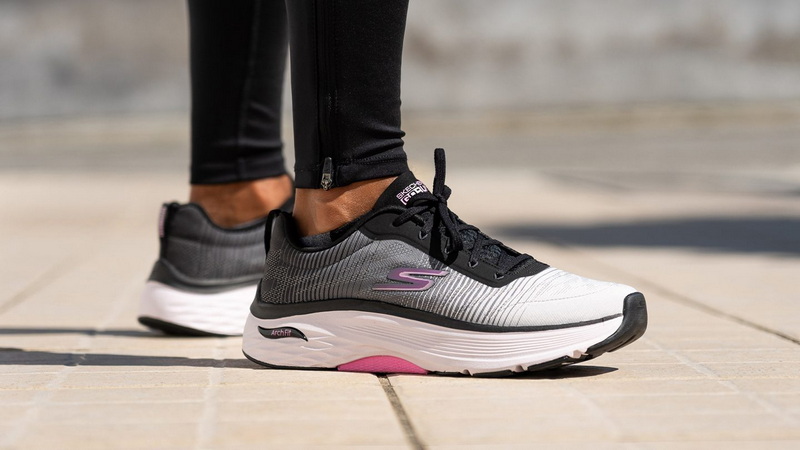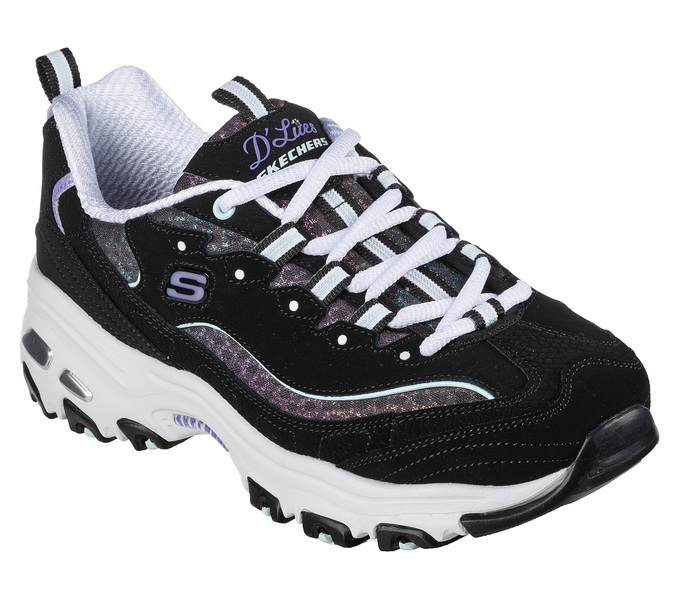Content Menu
● Understanding Shoe Design Differences
>> Gender-Specific Design
>> Size Conversion
● Benefits of Wearing Men's Running Shoes
>> Comfort and Fit
>> Style and Aesthetic
>> Performance Features
● Common Misconceptions
>> Men's Shoes Are Just for Men
>> Wearing Men's Shoes Will Affect My Performance
● Tips for Choosing the Right Running Shoes
>> Try Before You Buy
>> Consider Your Foot Type
>> Look for Quality Features
● Real-Life Experiences
>> Testimonials from Women
>> Community Insights
● The Importance of Proper Footwear
>> Injury Prevention
>> Enhancing Performance
● Fashion Meets Function
>> Blending Styles
>> Athleisure Trend
● Conclusion
● Frequently Asked Questions
>> 1. Can women wear men's running shoes without any issues?
>> 2. How do I know what size men's running shoes to buy?
>> 3. Are there any disadvantages to wearing men's running shoes?
>> 4. What should I look for when choosing running shoes?
>> 5. Can wearing men's shoes affect my running performance?
In the world of athletic footwear, the question of whether women can wear men's running shoes is a topic that often sparks debate. With the growing popularity of running and fitness activities among women, many are exploring their options when it comes to choosing the right shoes. This article delves into the various aspects of wearing men's running shoes, including fit, comfort, style, and performance, while also addressing common misconceptions and providing guidance for women considering this choice.

Understanding Shoe Design Differences
Gender-Specific Design
Running shoes are typically designed with gender-specific features in mind. Men's shoes are generally wider in the forefoot and have a larger heel-to-toe drop, which can affect the overall fit and feel. Women's shoes, on the other hand, are often narrower and designed to accommodate a woman's foot shape, which tends to be smaller and more tapered. This difference in design can lead to a significant impact on comfort and performance.
Size Conversion
When considering wearing men's running shoes, it's essential to understand the size conversion. Generally, a woman's shoe size is about 1.5 to 2 sizes smaller than a man's. For example, if a woman wears a size 8 in women's shoes, she would likely fit into a size 6.5 or 6 in men's shoes. However, this can vary by brand and model, so trying on shoes is always recommended.
Benefits of Wearing Men's Running Shoes
Comfort and Fit
Many women find that men's running shoes offer a more comfortable fit, especially if they have wider feet or prefer a roomier toe box. The additional space can help prevent blisters and discomfort during long runs. Additionally, some women may prefer the cushioning and support found in men's shoes, which can enhance their running experience.
Style and Aesthetic
Men's running shoes often come in a broader range of colors and styles that may appeal to women. The aesthetic of men's shoes can be more versatile, allowing women to express their personal style while engaging in athletic activities. This can be particularly appealing for those who want their running shoes to transition well from the gym to casual outings.
Performance Features
Men's running shoes are designed with performance in mind, often incorporating advanced technologies for cushioning, stability, and support. Women who choose to wear men's shoes may benefit from these features, especially if they are training for long-distance events or engaging in high-impact activities. The right pair of shoes can significantly enhance performance and reduce the risk of injury.
Common Misconceptions
Men's Shoes Are Just for Men
One of the most prevalent misconceptions is that men's shoes are exclusively for men. This notion is outdated and overlooks the fact that footwear should be about comfort and fit rather than gender. Many women have successfully adopted men's running shoes into their athletic wardrobes, finding them to be a practical and stylish choice.
Wearing Men's Shoes Will Affect My Performance
Another common belief is that wearing men's shoes will negatively impact a woman's performance. In reality, the right pair of shoes—regardless of gender designation—can enhance performance. The key is to find a shoe that fits well and meets the individual's specific needs, whether that means opting for a men's or women's model.

Tips for Choosing the Right Running Shoes
Try Before You Buy
When considering men's running shoes, it's crucial to try them on. Each brand and model can fit differently, so it's essential to walk or jog around the store to assess comfort and support. Pay attention to how the shoe feels in the toe box, arch, and heel.
Consider Your Foot Type
Understanding your foot type can help you choose the right shoe. If you have flat feet, you may need a shoe with more stability. Conversely, if you have high arches, look for shoes with ample cushioning. Many running stores offer gait analysis to help determine your foot type and recommend suitable shoes.
Look for Quality Features
When selecting running shoes, consider features such as cushioning, breathability, and durability. Look for shoes with good arch support and a comfortable insole. Additionally, consider the type of running you will be doing—trail running, road running, or track—and choose shoes designed for that specific activity.
Real-Life Experiences
Testimonials from Women
Many women have shared their experiences of wearing men's running shoes. For instance, a marathon runner might express how switching to a men's model improved her comfort during long training runs. Others may highlight the stylish designs available in men's shoes that align with their personal taste. These testimonials often emphasize the importance of finding the right fit and how it can transform their running experience.
Community Insights
Running communities often discuss the benefits of wearing men's shoes. Online forums and social media groups provide platforms for women to share their experiences, tips, and recommendations. These discussions can help women feel more confident in their choice to wear men's running shoes. Many women report feeling empowered by breaking traditional norms and choosing footwear that best suits their needs.
The Importance of Proper Footwear
Injury Prevention
Wearing the right shoes is crucial for injury prevention. Ill-fitting shoes can lead to a variety of issues, including blisters, calluses, and more serious injuries like plantar fasciitis or shin splints. By choosing shoes that fit well—whether they are men's or women's—runners can significantly reduce their risk of injury.
Enhancing Performance
The right footwear can also enhance performance. Shoes designed for running provide the necessary support and cushioning to help runners maintain their form and efficiency. This is especially important for long-distance runners who need to conserve energy and avoid fatigue.
Fashion Meets Function
Blending Styles
In recent years, the lines between men's and women's athletic wear have blurred. Many brands are now offering unisex options that cater to a broader audience. This trend allows women to choose from a wider variety of styles and colors, making it easier to find shoes that fit their personal aesthetic while still providing the performance features they need.
Athleisure Trend
The rise of the athleisure trend has also contributed to the acceptance of wearing men's running shoes. As more people incorporate athletic wear into their everyday wardrobes, the focus has shifted from strictly functional footwear to stylish options that can be worn in various settings. This shift has encouraged women to explore men's shoes as a viable option for both performance and style.
Conclusion
In conclusion, women can absolutely wear men's running shoes. The decision should be based on individual comfort, fit, and performance needs rather than gender. With the right knowledge and understanding of shoe design differences, women can confidently explore the world of men's running shoes and find the perfect pair for their athletic pursuits. Whether for training, competition, or casual wear, the right shoes can make all the difference in achieving fitness goals and enjoying the running experience.

Frequently Asked Questions
1. Can women wear men's running shoes without any issues?
Yes, women can wear men's running shoes. The key is to find a pair that fits well and meets their specific comfort and performance needs.
2. How do I know what size men's running shoes to buy?
Generally, a woman's shoe size is about 1.5 to 2 sizes smaller than a man's. It's best to try on the shoes to ensure a proper fit.
3. Are there any disadvantages to wearing men's running shoes?
The main disadvantage could be the fit. If the shoes are too wide or not designed for a woman's foot shape, they may cause discomfort. It's essential to try them on and assess comfort.
4. What should I look for when choosing running shoes?
Look for features such as cushioning, support, breathability, and fit. Consider your foot type and the type of running you will be doing.
5. Can wearing men's shoes affect my running performance?
Wearing the right shoes—regardless of gender—can enhance performance. The focus should be on finding shoes that fit well and provide the necessary support for your running style.

















